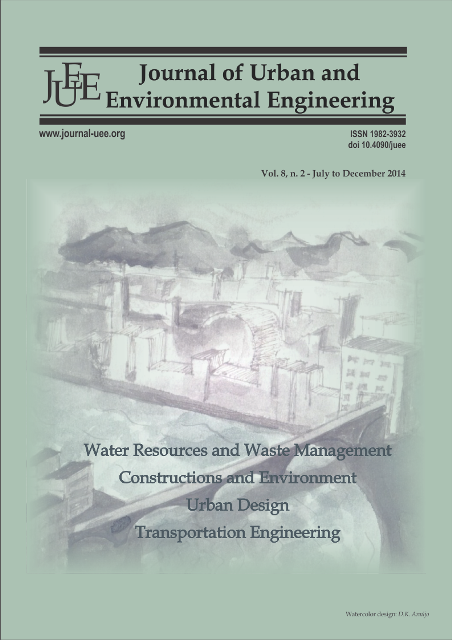DETERMINATION OF CONTAMINATATED WELLS TO NO3-N: A NOVEL VULNERABILITY ASSESSMENT TOOL
DOI:
https://doi.org/10.4090/juee.2014.v8n2.243-249Abstract
Contamination of well with nitrate-N (NO3-N) posses various threats to human health. This problem becomes even more critical when these wells serve as source of drinking water as in the case of many rural parts of USA. This article employs Relevance Vector Machine (RVM) for determination of non-contaminated and contaminated well with nitrate-N (NO3-N) in Polk County, Florida (USA). This research will provide a regional scale integrated GIS-based modeling approach to predict NO3-N contamination of ground water in a cost effective way. This approach also allows for higher true positive results (TPR) with fewer variables when data are imprecise and full of uncertainty which is common with available regional scale data). RVM technique is a Bayesian extension of the Support Vector Machine (SVM). Here, the RVM has been used as a classification tool. Well water quality data (nitrate-N) from 6,917 wells provided by Florida Department of Environmental Protection (USA) has been used to develop the RVM model. An equation has been also presented from the developed RVM model. The developed RVM has been compared with the Artificial Neural Network (ANN) and SVM models. This study shows that the developed RVM produces promising result for prediction of non-contaminated and contaminated well with N. The model is important because its real world applications enable water managers to more effectively manage contaminant levels within specific watersheds.Downloads
Download data is not yet available.
Downloads
Published
2015-06-09
Issue
Section
Articles




